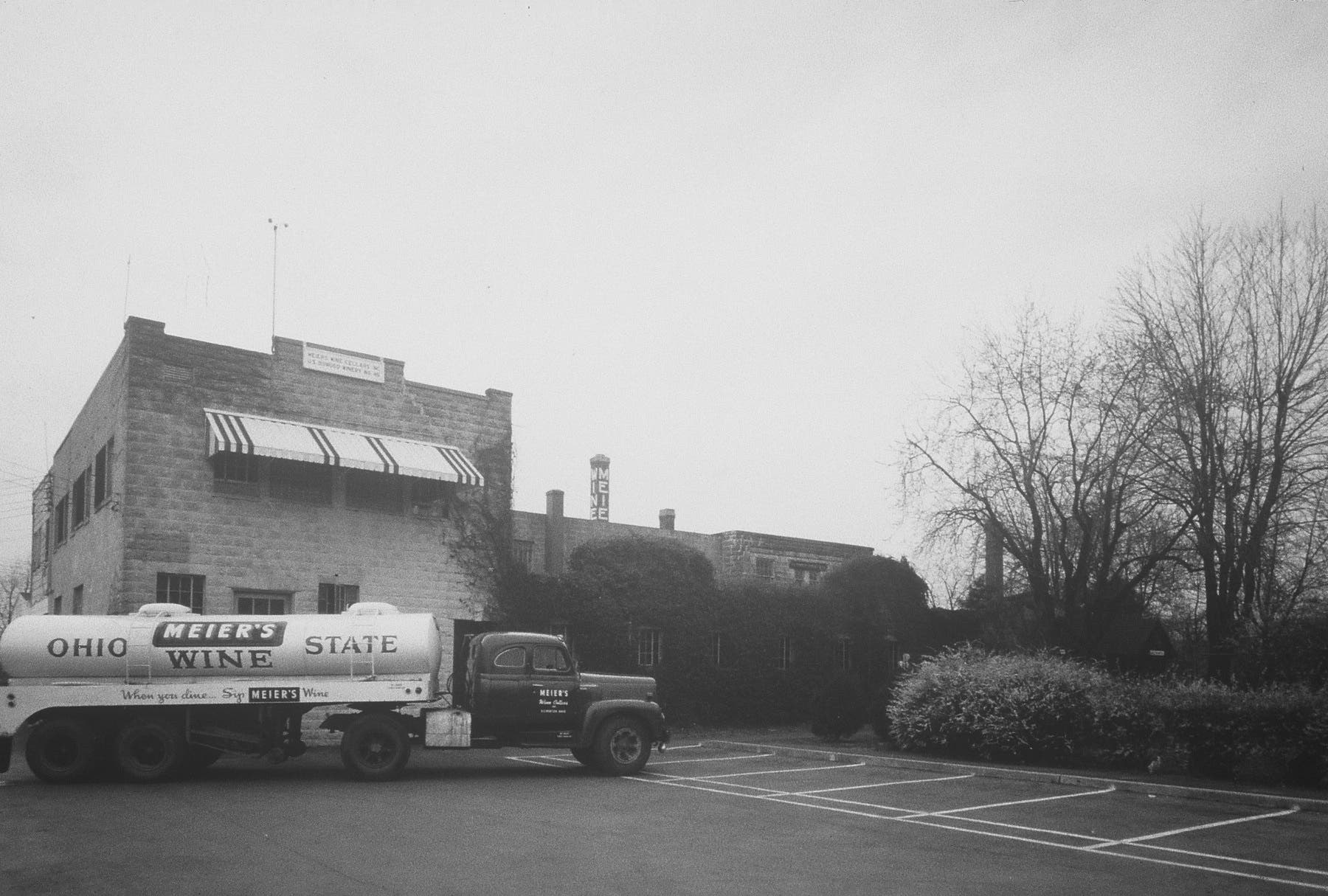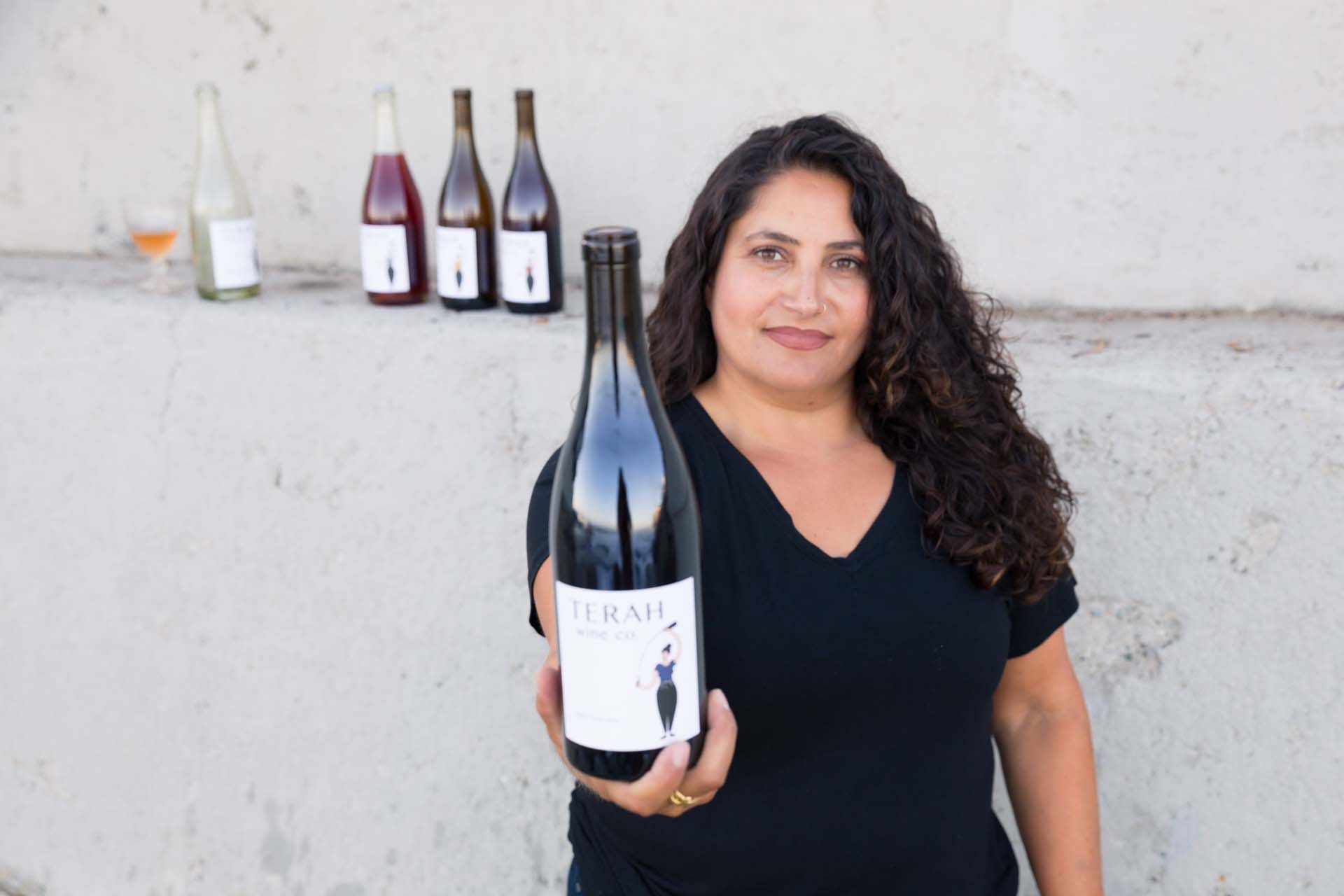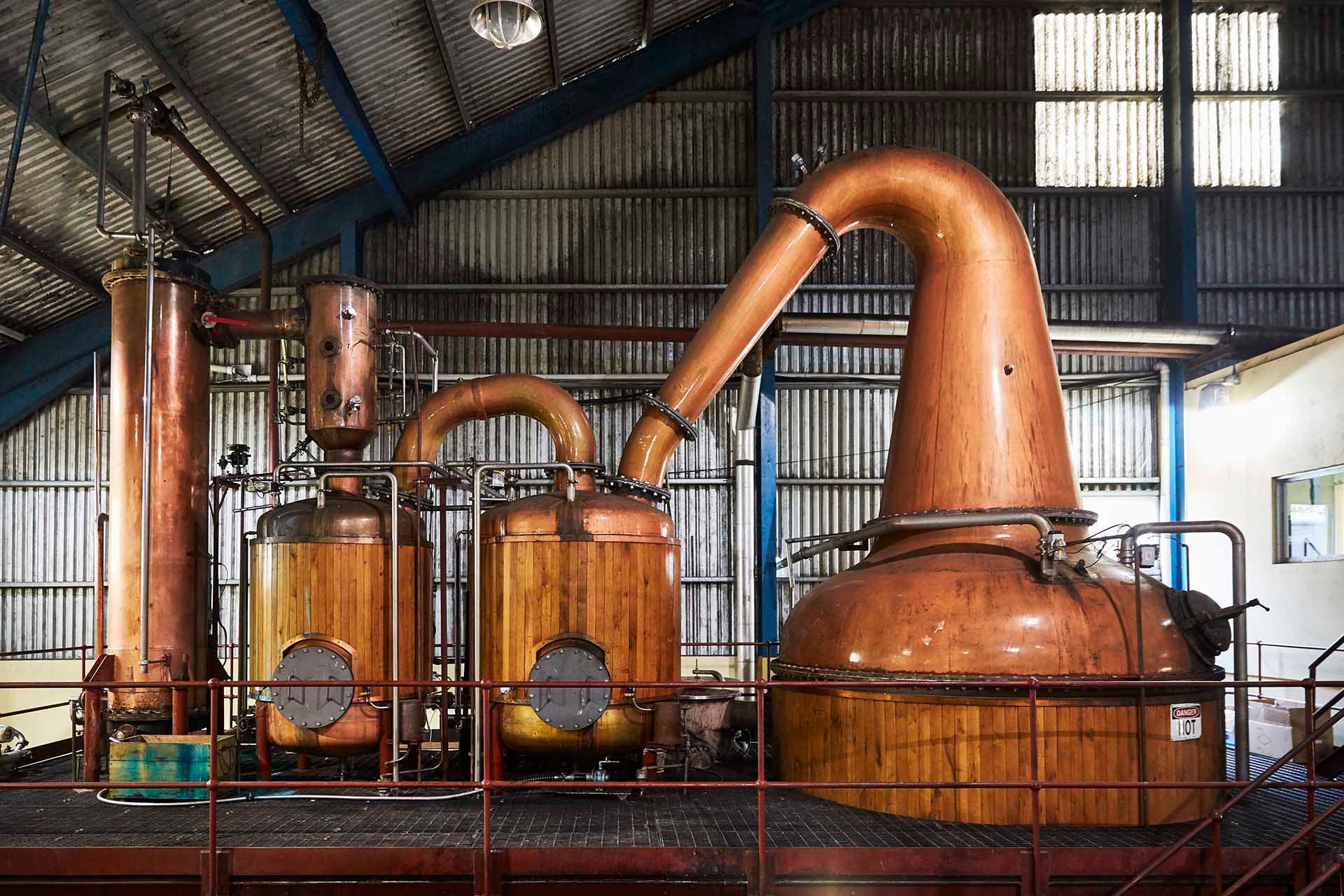Wine Enthusiast |
| Taxes, Tiers and Other Ways Prohibition Still Restricts U.S. Wine Posted: 10 Aug 2021 05:00 AM PDT  Throughout its 8,000-year history, wine created and sustained global trade routes and economies. As sociocultural frameworks evolved, so did the laws that governed wine production and distribution. In the Ottoman Empire, which spanned six centuries and, at times, three continents, there were strict regulations around alcohol production and consumption. The empire fell in its entirety nearly 100 years ago, but some of its former territories, like Lebanon, Turkey, Syria and parts of Greece, still fight to reclaim their indigenous grapes and ancient winemaking traditions. Eastern Europe, notably the Balkans, is also playing catch up after state-run cooperatives disrupted traditional farming and discouraged small-scale winemaking for decades following World War II. The United States has its own restrictive alcohol laws. In 1920, Prohibition was introduced with the 18th Amendment. It was repealed with the 21st Amendment in 1933. Yet, Prohibition-era laws that govern alcohol sales, production and distribution continue to shape wine culture and commerce. Grapes and GeographyBefore Prohibition, the U.S. had several viable grape-growing regions that included New Jersey, Pennsylvania, Ohio, Missouri and Mississippi, among others. Winemakers in these areas grew Vitis labrusca varietals like Niagara, hybrids like Catawba, and various Vitis vinifera varieties reflective of the European communities that settled in these regions. Today, most domestic wine is made from European-born Vitis vinifera, with production concentrated in California, New York, Washington and Oregon. According to The National association of American Wineries, in the top 10 wine-producing states, these areas account for 98% of domestic wine production, with 85% coming out of California alone.  Why did wine production concentrate in these regions? "I think it has a lot to do with politics and power," says Marreya Bailey, founder of Bathing Grapes and an aspiring winemaker. She uses Ohio's wine industry as an example. "When you first think of the region, you don't think of [wine] being prominent," says Bailey. "Years ago, it was bigger than California… [Grape farmers] weren't able to recover because they didn't have influence." Beginning with the Gold Rush in the 19th century, many Americans left the Midwest for the promise of land and opportunity out West. Its power and influence grew over time, Bailey says, and it provided California and the Pacific Northwest the political influences they needed to hold on as commercial grape regions through Prohibition. "It was politics and what Europeans were drinking," she says. In her view, this led U.S. wine consumers and growers to shun native and hybrid grapes. She points out that California, Washington, Oregon and New York are all associated with quality vinifera plantings, namely Cabernet Sauvignon, Cabernet Franc, Pinot Noir, Chardonnay and Riesling. "Today, we are welcoming hybrids more because of climate change," says Bailey. "This is a drought year on the East and West coasts, and it's going to do damage. Regions in Midwest have been growing hearty hybrids for a long time." Bailey is heartened by the modern-day movement to embrace hybrids and native grapes in the U.S. After all, she says, it diversifies the grapes and regions where U.S. wine is made, but it also counteracts the Prohibition-era laws that restricted the geographic winemakers where aspiring winemakers can break into the industry.  Three-Tier SystemIn 1933, when Prohibition was repealed, a three-tier system was created. It required that a third party, like a distributor or importer, stand between alcohol producers and consumers. The intent was to give states greater control over alcohol sales, generate tax revenue and encourage moderation. In practice, this means that, still today, there is always a distributor between alcohol producers to restaurants or retailers. Distributors may partner with importers or directly import their goods. This system is enforced in all states that do not have a state-run control board. "Working with a distributor can have huge benefits, such as being able to sell higher volumes and focus efforts on winemaking," says Terah Bajjelieh, who recently released her first vintage under her own label, Terah Wine Co. Distributors play an influential role in which wines get sold and where. "Giving a distributor sole control of getting my wines to the market is also a bit scary," says Bajjelieh. "It's a new business relationship. In a new business, that’s a hard decision to make."  According to the National Alcohol Beverage Control Association, a group that represents state control boards, due to the three-tier system, "tens of billions of tax dollars are provided to federal, state and local governments by manufacturers, wholesalers and retailers in the alcohol industry." Unfortunately, some producers say this limits their incomes. "It’s a shame distribution is required by most states because it requires me to share profits when I may be able to sell the wine myself and be more profitable in the early stages of my business," says Bajjelieh. As a result, some small-scale winemakers struggle to distribute bottles beyond their home states. It might not be financially viable for a large distributor to take on a small-batch winery like Terah, which in its inaugural release produced just under 1,650 bottles. "I attempted to use a distributor in several states, but found it didn’t make sense financially with such small production when I could easily sell the wine in California," says Bajjelieh. "The cost to ship pallets on the distributor end, as well as a reduction in my margins, were prohibitive to both parties in the end. This does limit my ability to start brand-building in other states." Tax and Regulatory AgenciesPrior to Prohibition, "as much as 40% of domestic revenue for the federal government came from the tax on alcohol," said Daniel Okrent, author of Last Call: The Rise & Fall of Prohibition, in an interview with Vox. "So, until you had something to replace that tax, there was no way Prohibition could be enacted." To generate that revenue during Prohibition, the government enforced the 16th Amendment, which created an income tax. Passed in 1913, it was intended to address wealth inequality. The decision to repeal Prohibition was also economically motivated, Okrent says. He says that alcohol provided tax income and job creation in the wake of the 1929 stock market crash. The government used alcohol to generate income during World War II. According to the website for the Alcohol and Tobacco Tax and Trade Bureau (TTB), taxes on wine and distilled spirits were raised as much as 50% between 1941–1942, and again from 1942–1944. Some wine professionals link today's hugely divergent tax rates on still versus sparkling wines to Prohibition, too. Currently, the United States tax code 26 U.S.C. 5041 (b) states that wine with 0.5–14% alcohol by volume (abv) is taxed at $1.07 per gallon. Artificially carbonated wines are taxed at $3.30 per gallon, and sparkling wines are taxed at $3.40 per gallon. "This tax must have been slapped on bubbly just after Prohibition, perhaps to wean rich Americans from the illicit Champagne that had been smuggled from Canada and to get them to buy California wine instead," writes W. Blake Grey in a blog post titled, "Why Aren’t There More Sparkling Wine Producers? Taxes."  For new U.S. winemakers, these bubbly taxes can be prohibitive. "As a developing brand, [sparkling wine] is something that you can release pretty quickly," says Luke Wylde, winemaker of Lares Wines in Oregon. Wylde also co-owns and operates Statera Cellars with Meredith Bell. "Me and Meredith had a bit of sticker shock," says Wylde of the taxes. "For a small producer, that's a crazy amount. It's not like we can spread that amount out over a production run of a couple thousand cases." When Statera released a pétillant-naturel in March 2020, Wylde says it sold out within three months. He says it generated necessary income for the brand as it ferments some of its still wines in barrels for 18 months. Statera's bubbles are "not beholden to that same cellaring or aging process," he says, whereas still wines require "more resources all around." Wylde questions the way these sparkling wine taxes are used by the federal government. "Nationally, we subsidize beef and oil," he says. "Why haven't we subsidized other products…[to] offset some of the costs of American winemakers?" According to market research firm IBIS World, the U.S. wine industry employs more than 58,000 people. That number has grown an average of 5.5% annually since 2016. Wylde believes that better profit margins for winemakers could encourage more growth, inclusivity and innovation. “For Lares, I am making $3 a bottle as profit before taxes," says Wylde. Lares produces about 10,000 bottles annually, "What American can make $33,000 a year? How am I supposed to survive doing that?" |
| In Jamaica, History and Identity Convene in Rum Posted: 10 Aug 2021 04:30 AM PDT  Alexander Kong thinks that Jamaican rum has a certain "funk" that simply cannot be found in other rums. "Jamaican rum, like our food and music, has a personality that shines through," he says, "The rum is reflective of that persona and goes hand-in-hand with the whole Jamaican vibe." Kong is the commercial sales manager at Worthy Park Estate, a distillery situated in St. Catherine parish, some 40 miles from Jamaica's capital, Kingston. Worthy Park is the number one employer for area residents, he says. For many Jamaicans, homegrown companies like Wray & Nephew, Appleton and Rumabar are not just brands, and rum is not just a drink. Rum is part of the island's identity, with huge historical, cultural and economic impact. Rum is "intwined in the culture of the island," says Kong. "We use it in tinctures when we are ill, or to toast the loss of life. We must look at it from all the other cultural and economic aspects that it supports."  Some believe that Jamaica has more rum bars per square mile than any other country in the world. Statistically, the agricultural industry is among the country's largest employers, and the major crop is sugarcane, essential to rum. Spirit exports add around $145.3 million to the Jamaican economy and, according to data, account for 50% of alcohol sales on the entire island. Jamaica's limestone soil is perfect for growing sugarcane, which can be made into molasses, one of the key ingredients in rum. The molasses is fermented in large casks, known as puncheons, and then distilled in pot stills to produce a heavy, robust spirit.  The industry began to take off in the 17th century, after Jamaica was colonized by Great Britain. British plantation owners, known as "sugar barons," enslaved their workforce and were thus able to make enormous profits by trading sugarcane without paying for labor. The rum industry declined following the 1838 emancipation of enslaved people as a result of the Slavery Abolition Act, first passed by British Parliament in 1833. Without forced labor, many plantations saw profits plummet and were forced to closed. Today, five of the original plantations still stand: Appleton Estate, Hampden Estate, Worthy Park Estate, Long Pond and Clarendon.
"Because of colonization, the history of the island is rooted in sugar, and rum is just one of the byproducts of this," says Kong. "So, it's just grown hand-in-hand with the community and the island, and become part of the culture." Production then picked up again in the 20th century. Rum became highly sought in the U.S. and for a time, America relied on Cuba for its supply. After the 1959 Cuban Revolution and ensuing embargo, Americans turned to other Caribbean islands. Jamaican distilleries boomed once more.  In the early 20th century, after he saw the potential of rum sales, Tania Parchment's great-grandfather began his own alcohol distribution company in Jamaica’s Manchester Parish. "I have fond memories of going there and helping with the business when I was on school holidays," she says "I remember being shocked at how much money we were making. We sold truckloads, after truckloads, after truckloads of Wray & Nephew, and any other rum that was produced in Jamaica. We would open at 6:00 a.m., and by 2:00 p.m., we would close the business down because we'd made so much money." Like Kong, Parchment believes the history and quality of her national spirit has special significance for Jamaicans. "Rum just has a way with everybody," she says. "In Jamaica, we know our rum is good quality because we've been consuming it for so many years and we've been involved in making it happen." |
| You are subscribed to email updates from Wine Enthusiast. To stop receiving these emails, you may unsubscribe now. | Email delivery powered by Google |
| Google, 1600 Amphitheatre Parkway, Mountain View, CA 94043, United States | |















0 comments:
Post a Comment